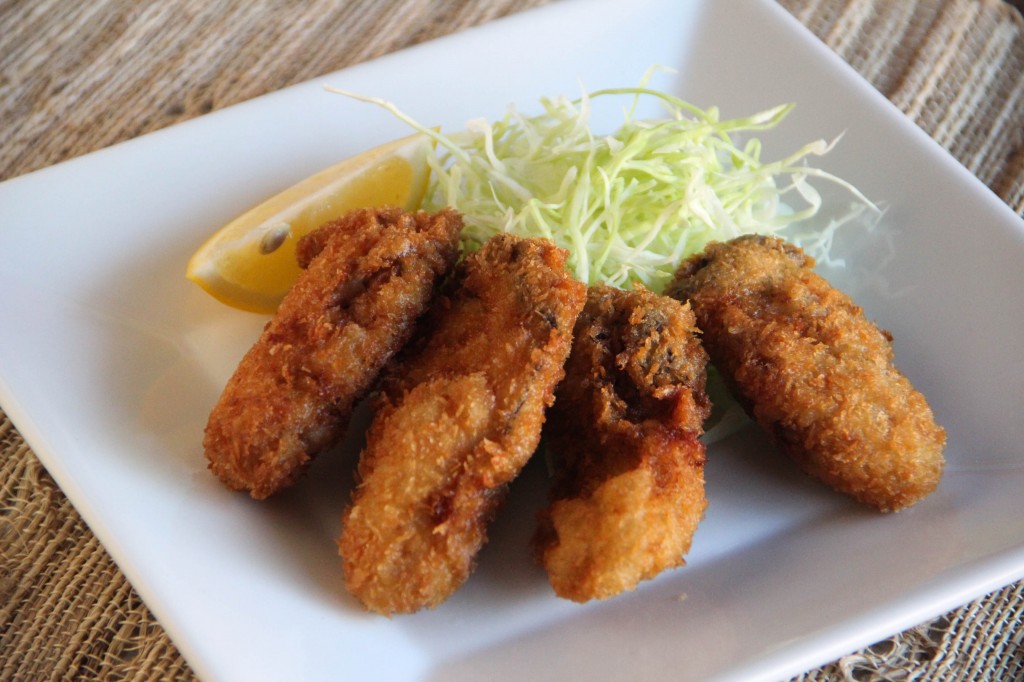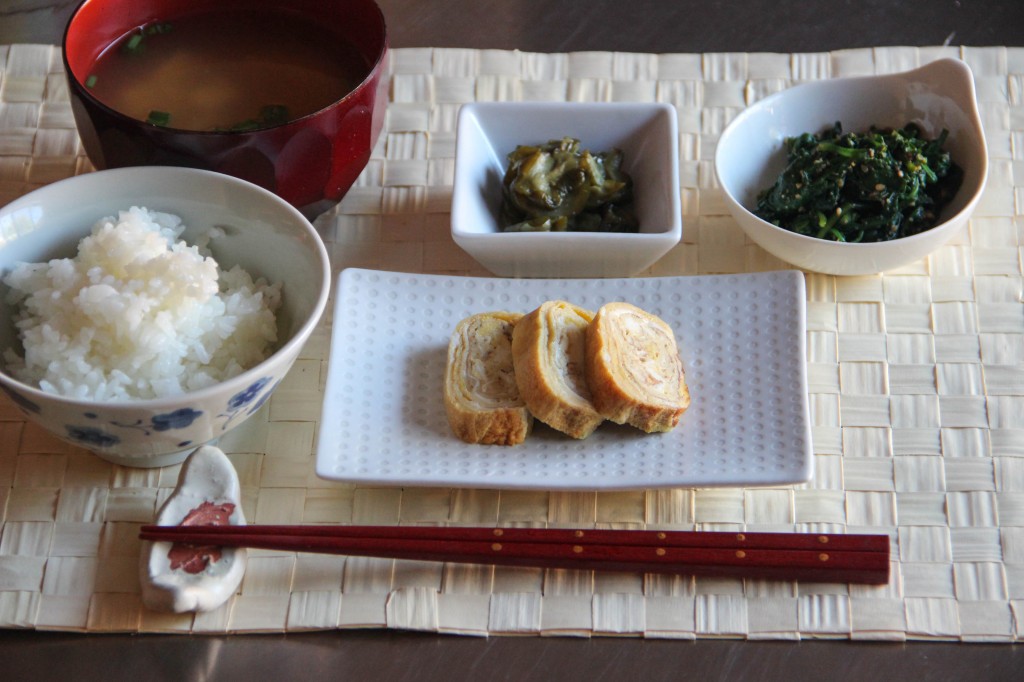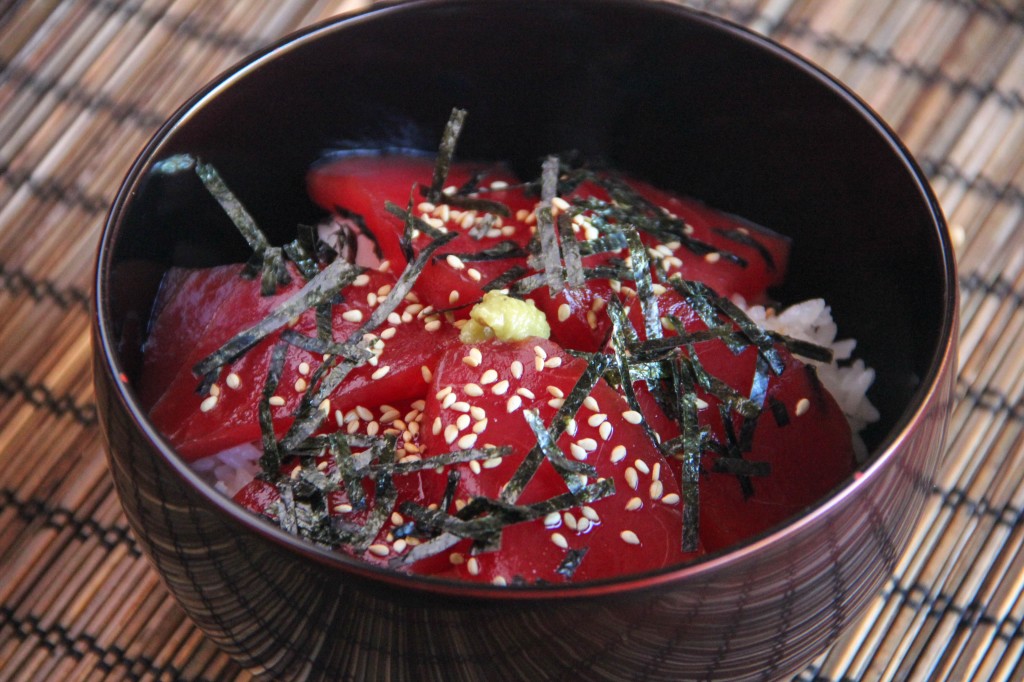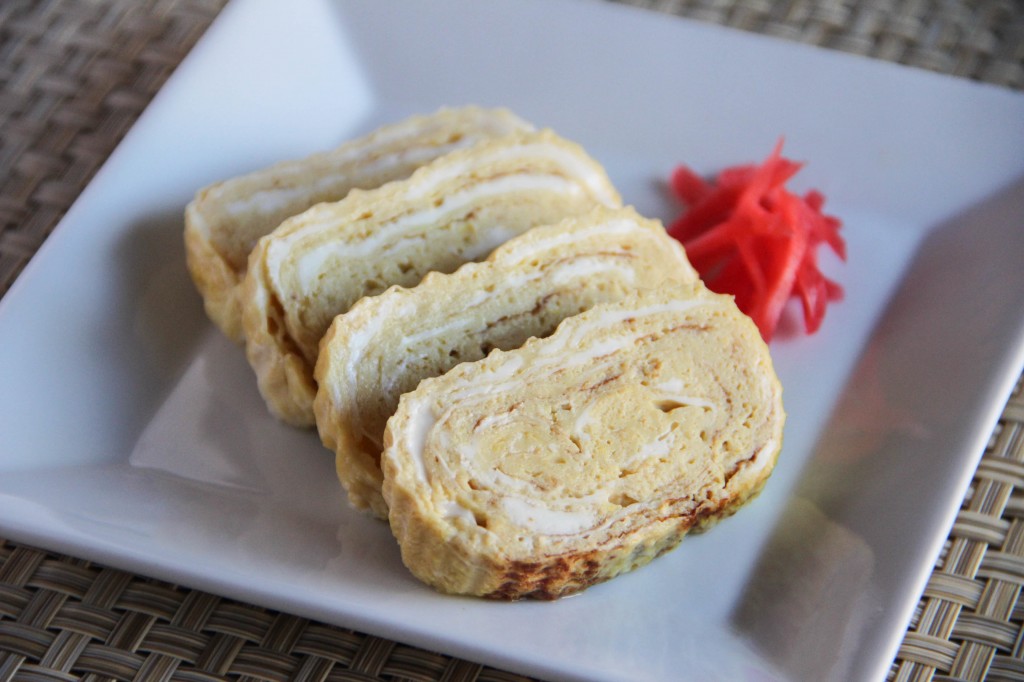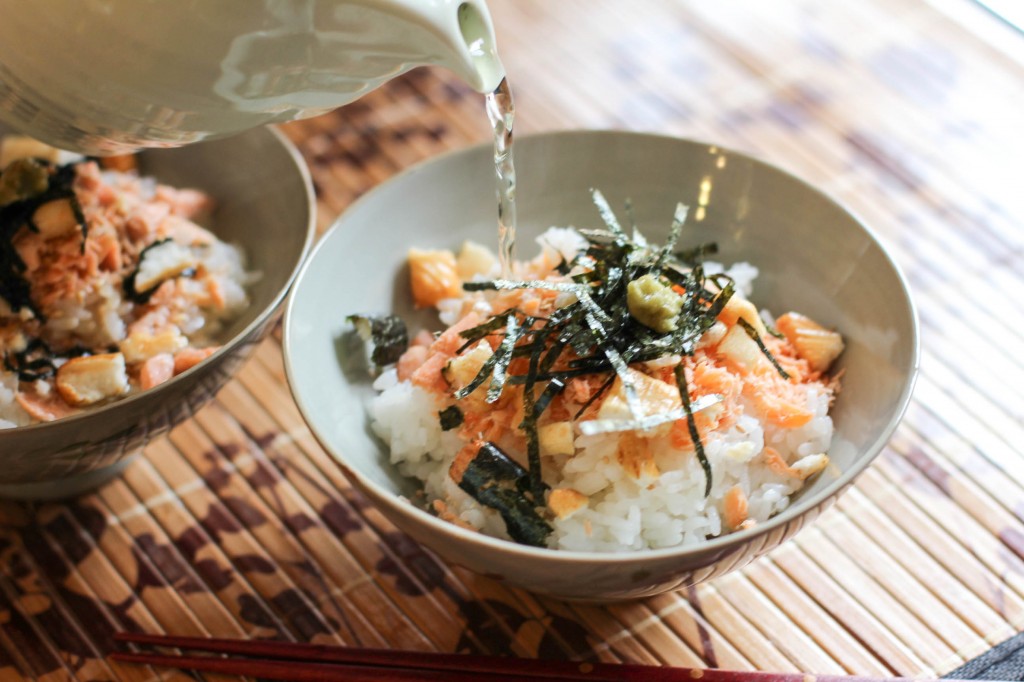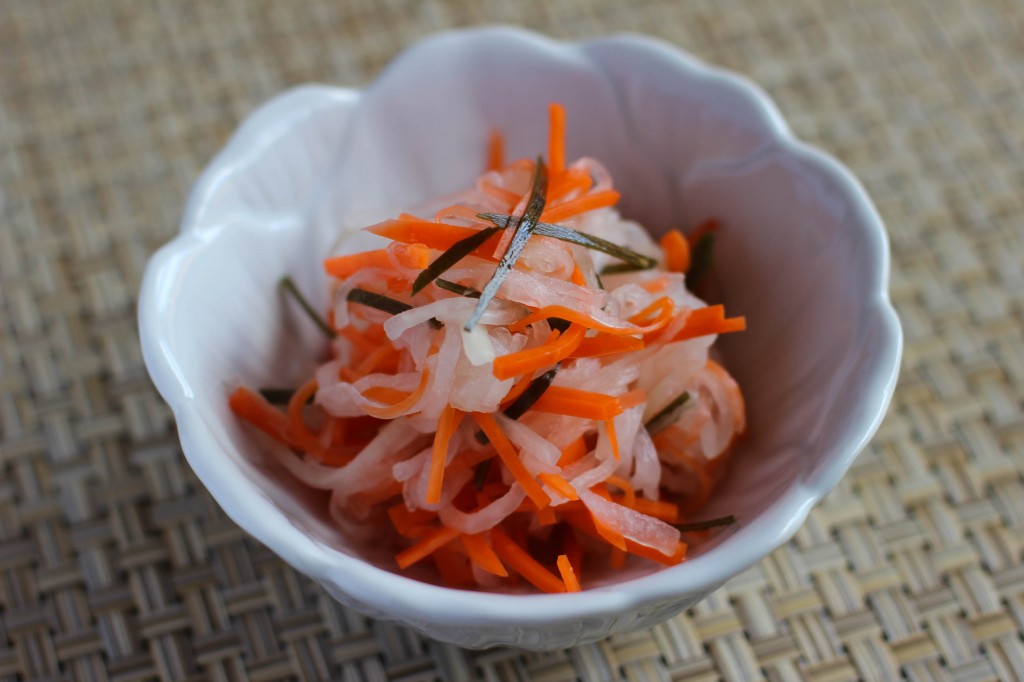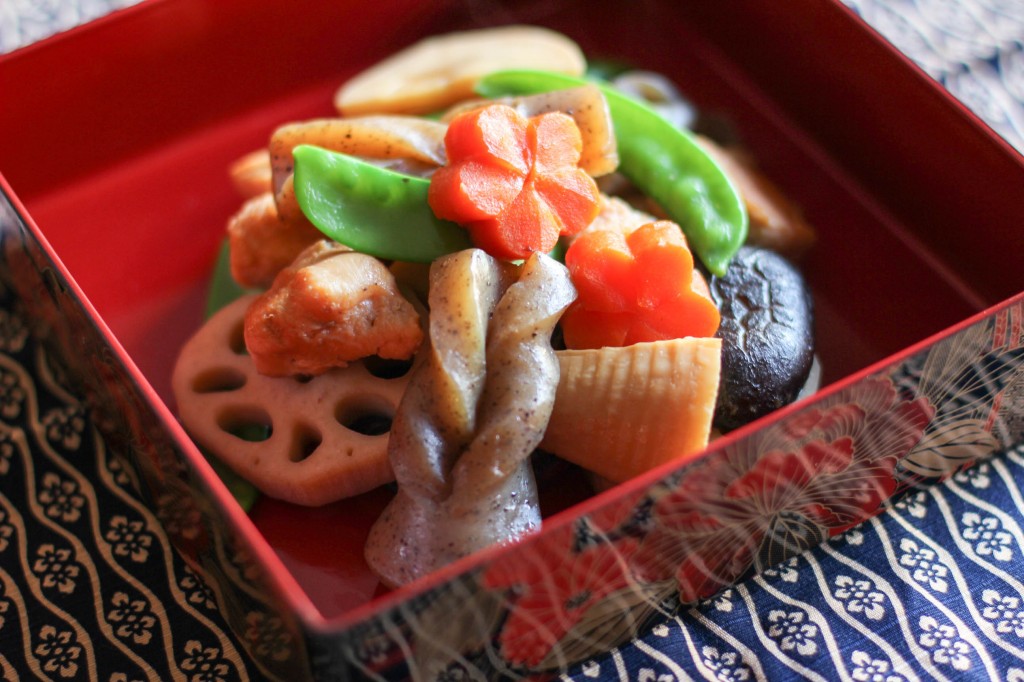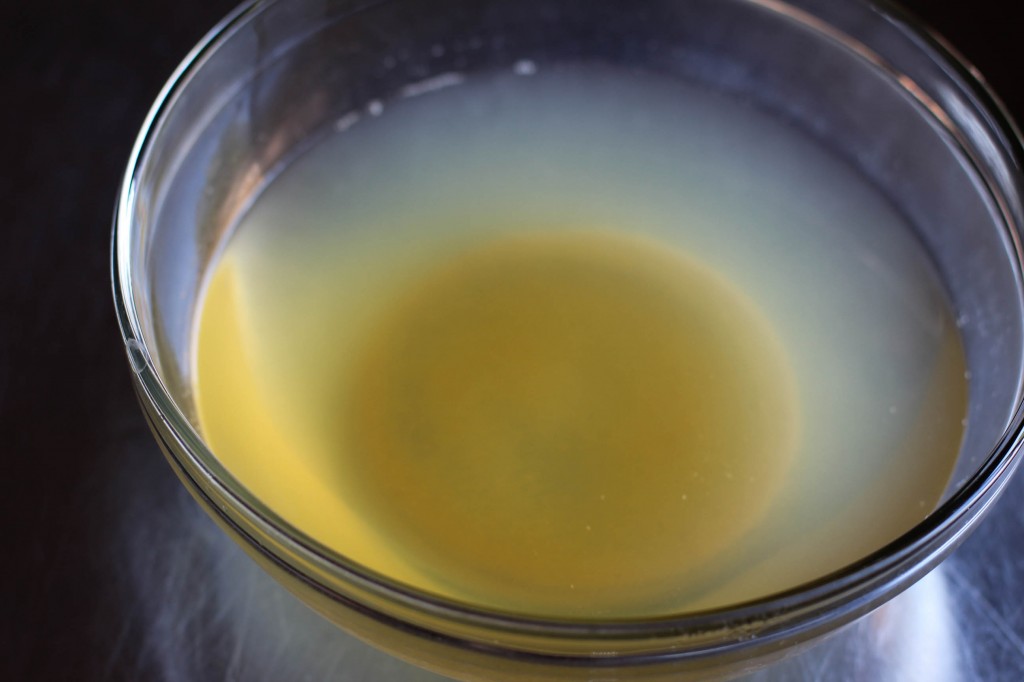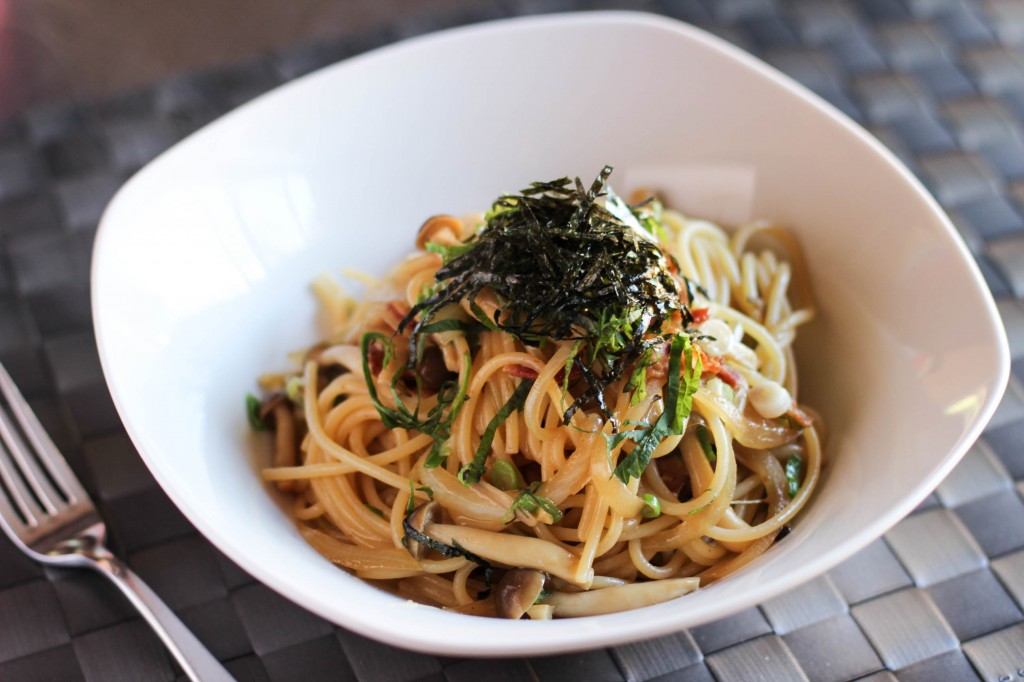Kaki Fry is breaded with Panko bread crumbs and deep-fried oysters, often eaten with Tonkatsu Sauce, lemon juice, and tartar sauce (or other toppings). It is a taste of winter when oysters are in season in Japan.
Living in the US, we easily forget when a certain food is actually in season and supposed to be harvested because we can buy almost anything any time of the year. In Japan, although that may be becoming true too, it is hard to ignore which food is in season because of its abundance and quality at markets, and at very reasonable prices. Oysters become nice and fat and reach the peak of flavor around February and March, so you definitely have to eat them then in Japan.
